The Hidden Consequences of April Showers: How Leaky Roofs Lead to Mold Infestations
April showers may bring May flowers, but they can also bring unwelcome guests into your home: mold. While the rain may be a refreshing change after the dreary winter months, it also poses a significant threat to homes with leaky roofs. As droplets seep through cracks and crevices, they create the perfect environment for mold to thrive. In this article, we’ll explore the insidious nature of mold infestations caused by leaky roofs and discuss how homeowners can prevent and mitigate this common issue.
Understanding the Problem
Mold is a type of fungus that thrives in damp, humid environments. When rainwater infiltrates a home through a leaky roof, it creates the ideal conditions for mold growth. Moisture accumulates in hidden corners, between walls, and in ceilings, providing nourishment for mold spores to flourish. Over time, these spores multiply and spread, causing unsightly stains, musty odors, and potentially harmful health effects for occupants.
Signs of Trouble
Identifying a mold problem caused by a leaky roof requires keen observation. Some common signs include:
- Visible Mold Growth: Look for patches of mold on walls, ceilings, or other surfaces, especially in areas prone to water damage.
- Musty Odors: Mold emits a distinct earthy or musty smell. If you notice an unusual odor in your home, it could indicate hidden mold growth.
- Water Stains: Discoloration on walls or ceilings may signify water intrusion from a leaky roof.
- Peeling Paint or Wallpaper: Moisture can cause paint or wallpaper to peel away from surfaces, exposing the underlying mold growth.
- Allergic Reactions: Some individuals may experience allergy symptoms such as sneezing,coughing, orrespiratory issues when exposed to mold spores.
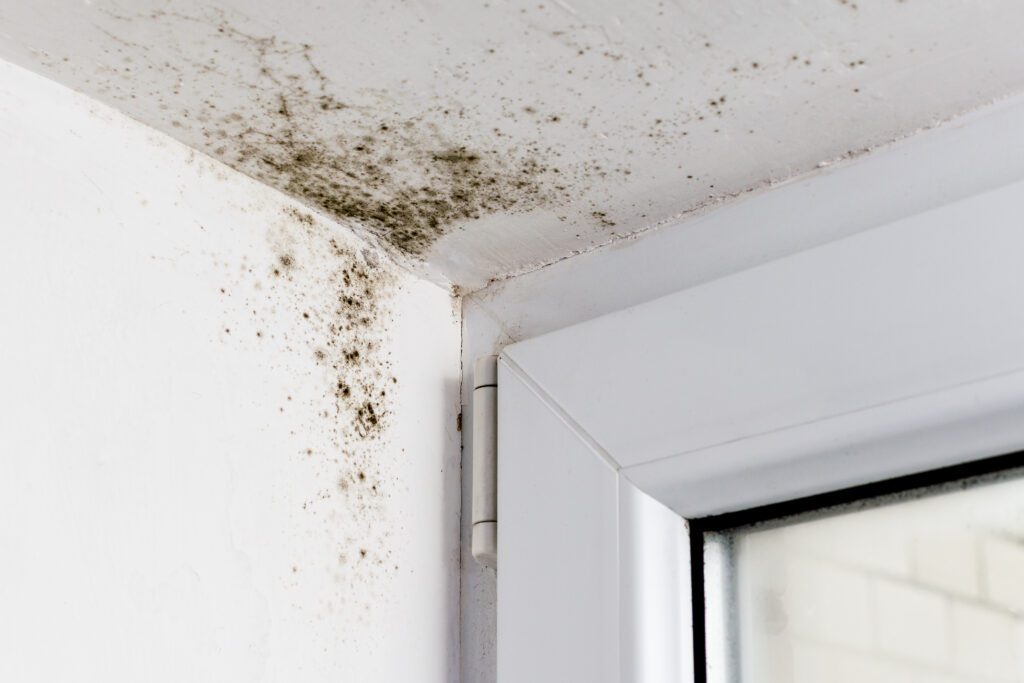
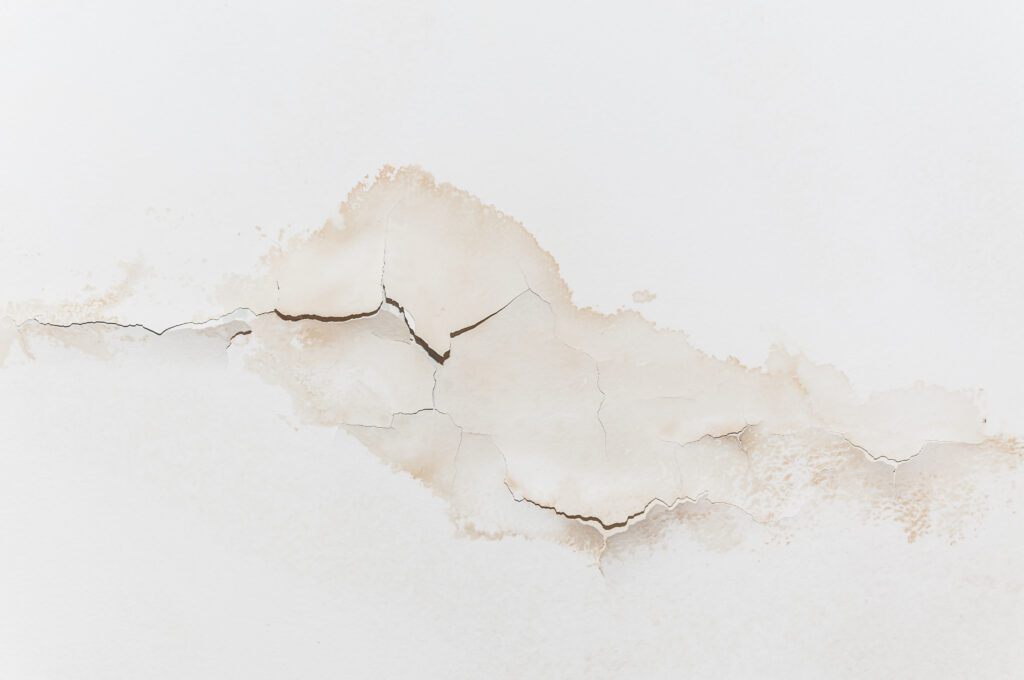

Prevention and Remediation
Preventing mold growth caused by a leaky roof begins with proper maintenance and vigilance. Here are some essential steps homeowners can take:
- Regular Roof Inspections: Schedule annual inspections to identify and repair any damage to your roof promptly.
- Gutter Maintenance: Keep gutters clean and free of debris to ensure proper drainage and prevent water from pooling on the roof.
- Sealing Cracks and Gaps: Seal any cracks or gaps in the roof, flashing, or around vents to prevent water infiltration.
- Proper Ventilation: Ensure adequate ventilation in attics and crawl spaces to reduce humidity levels and discourage mold growth.
- Prompt Repairs: Address any signs of roof damage or leaks immediately to prevent water from seeping into your home.
If you suspect mold growth due to a leaky roof, it’s essential to take swift action to remediate the problem. Depending on the extent of the infestation, professional mold remediation may be necessary to safely remove mold and prevent its recurrence.
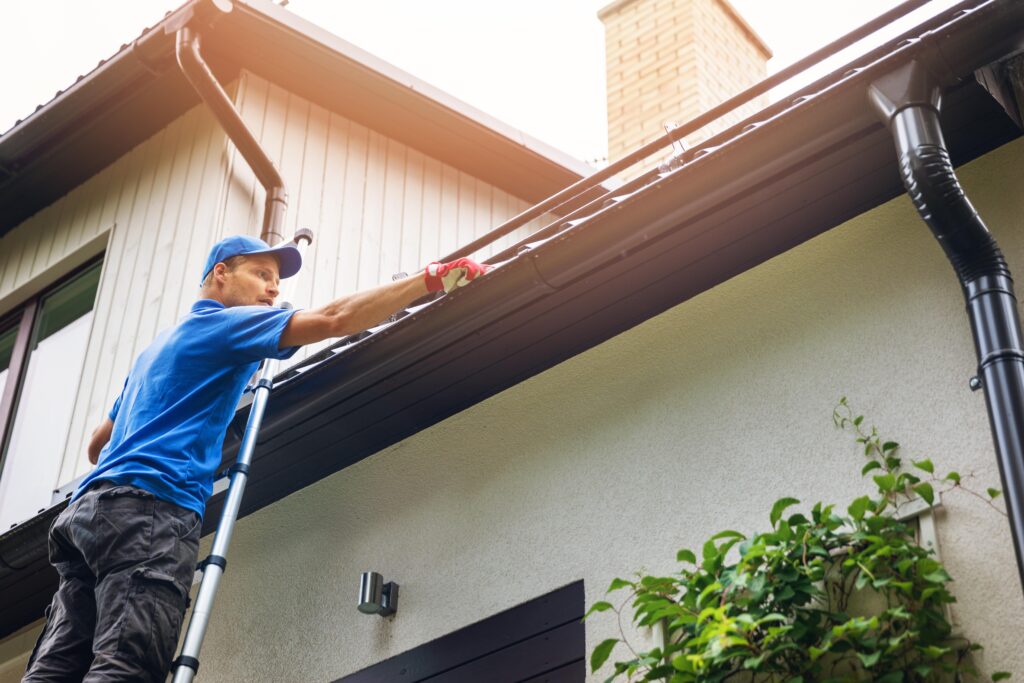
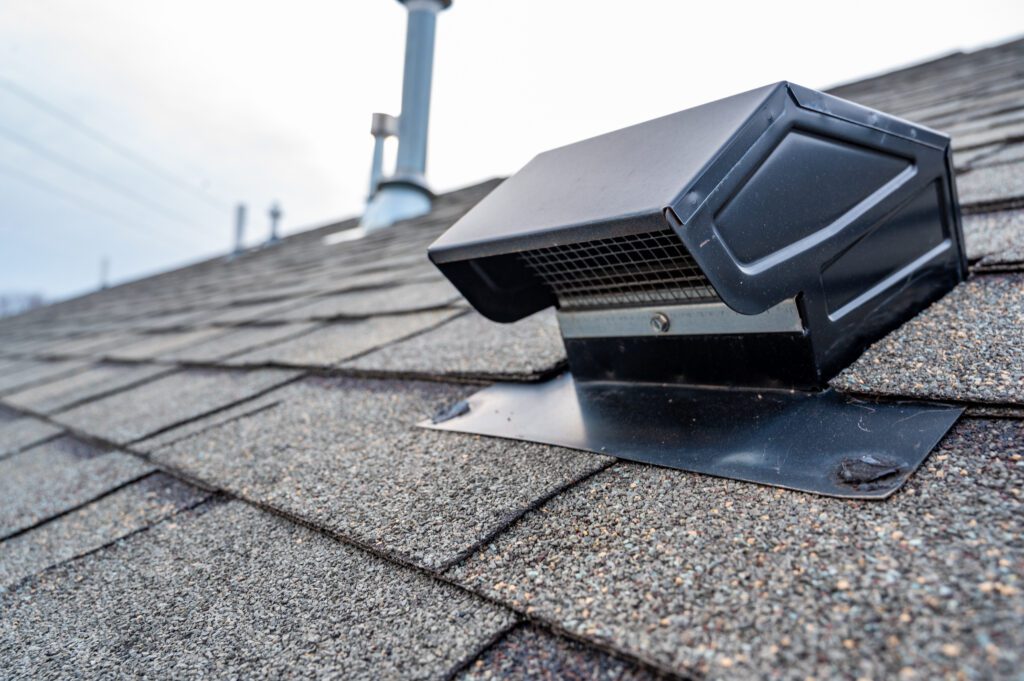
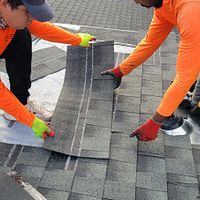
Conclusion
While April showers may bring much-needed moisture to the earth, they can also wreak havoc on homes with leaky roofs. By staying vigilant and taking proactive measures to maintain your roof’s integrity, you can prevent mold infestations and protect your home and health from the hidden dangers of water damage. Remember, when it comes to mold, prevention is key, so don’t wait until it’s too late—take action today to safeguard your home against this silent intruder.